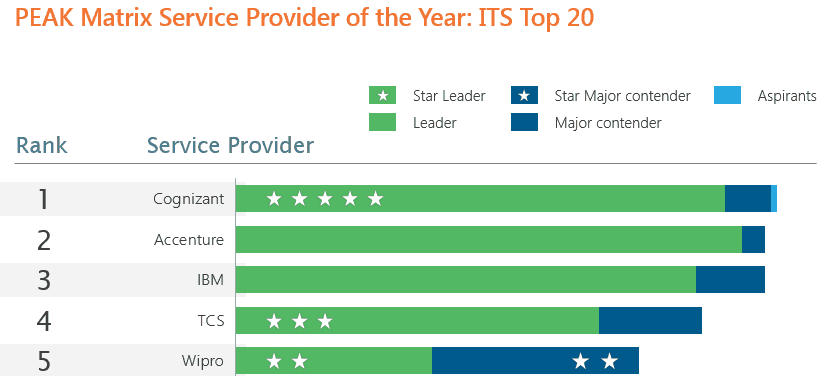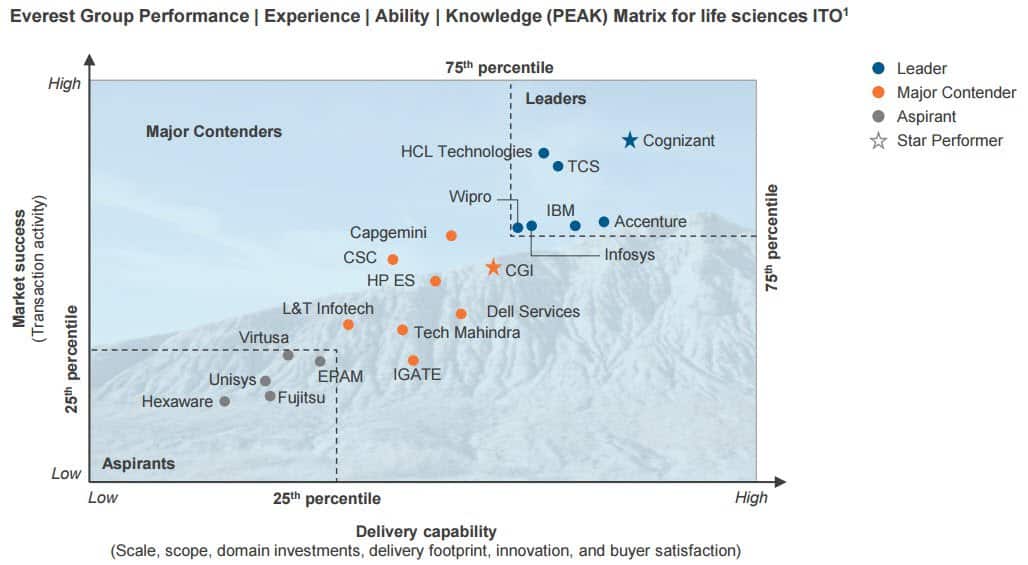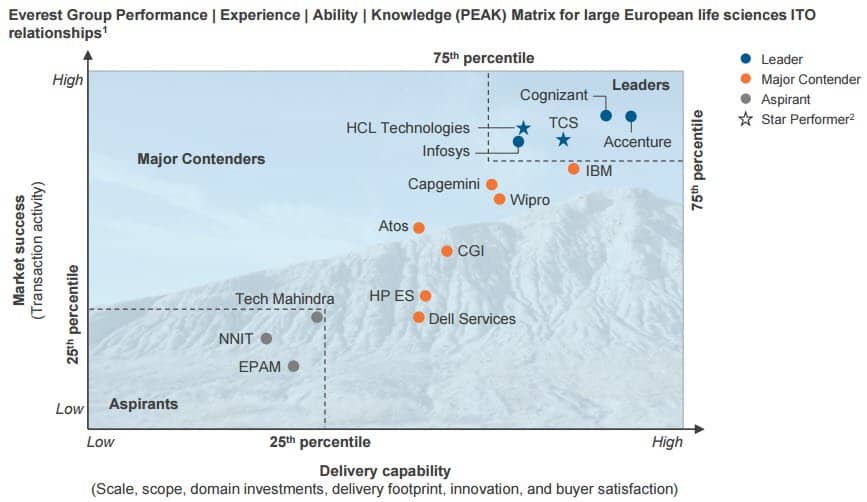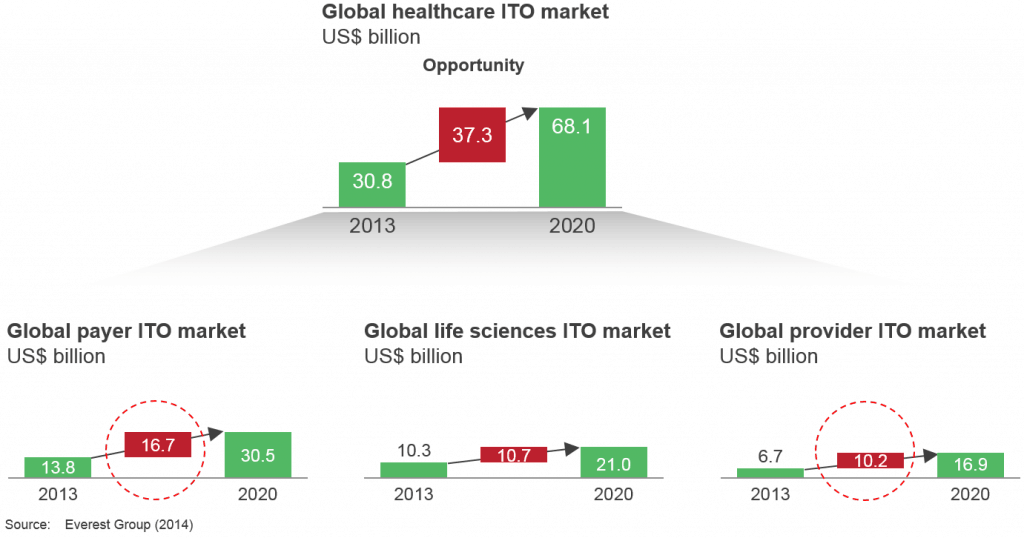Trump’s Visa Reforms: The Bitter Pill IT Needed | Sherpas in Blue Shirts
The Trump administration’s move to table H1-B visa bill in the house has led to a bloodbath for IT services stocks. While there appears to be near unanimity on the “absurdness” of the move, there is a silver lining most experts seem to have missed. I’ll explain this through two acts that have played out.
Act #1: Old Wine in New Bottle
In a November 2015 blog (“My Digital is Bigger Than Yours” and The Technology Pulp Fiction), I explained the rationale behind my cynicism for buzzwords that were driving the discourse on IT services. The story being told was that IT services was undergoing a paradigm shift in innovation. However, instead of witnessing a real shift in strategy, talent model, and offerings, what we have seen is a largely marketing driven illusion of change. Digital, cloud, automation, and cognitive are terms that are being thrown around without caution, giving an impression of disruption in services delivery. In reality, it’s just the natural course of progression in IT services getting embellished by these buzzwords. Analysts know it, service providers know it and – no prizes for guessing – buyers know it too.
As our January 2017 enterprise pulse report on buyer (Dis)satisfaction highlighted:
- Buyers are unhappy
- They aren’t enamored by these buzzwords
- While they consider their existing IT services mediocre, they are still hanging on to it.
Point 3 above is the reason why, as much as I would like to take service providers to task on this pretense of transformation, I believe that enterprise IT must take its fair share of the blame. They have been running mediocre, unimaginative, and long past use-by-date procurement practices. There are two primary reasons behind this inertia:
- There aren’t any better services options at comparable current prices. Sure, they would love to get something like IBM Watson for infrastructure automation, but their annual IT budgets won’t allow for it. Pretty much a thought process like, “Why buy a Ferrari to run a NYC yellow cab?”
- The opportunity cost of letting go of something that has been working fine for a decade and a half is huge. Enormous bureaucracies have been created around services procurement, and they are almost impossible to dismantle.
Net-net, labor arbitrage, offshoring, and time & materials still continue to drive the lion’s share of IT services. In the current scenario, despite all the “digital” and “cognitive” washing, there is no way this reality can be swept under the rug. Does this mean that services transformation is a lost cause?
Act #2: And then Trump happened….
All this is getting Trumped now. Visa regulations mean less access to the same cheap labor. Now, instead of paying lip service to service delivery automation, enterprise IT and providers will actually have to think about hyper-automation to keep the lights on and manage margin improvement expectations. Things will have to move faster towards autonomics and/or cognitive for service providers to stay afloat and enterprise IT to stay relevant for CFOs.
My message to the ecosystem to which I belong? – It’s time to put your money where your mouth is!







